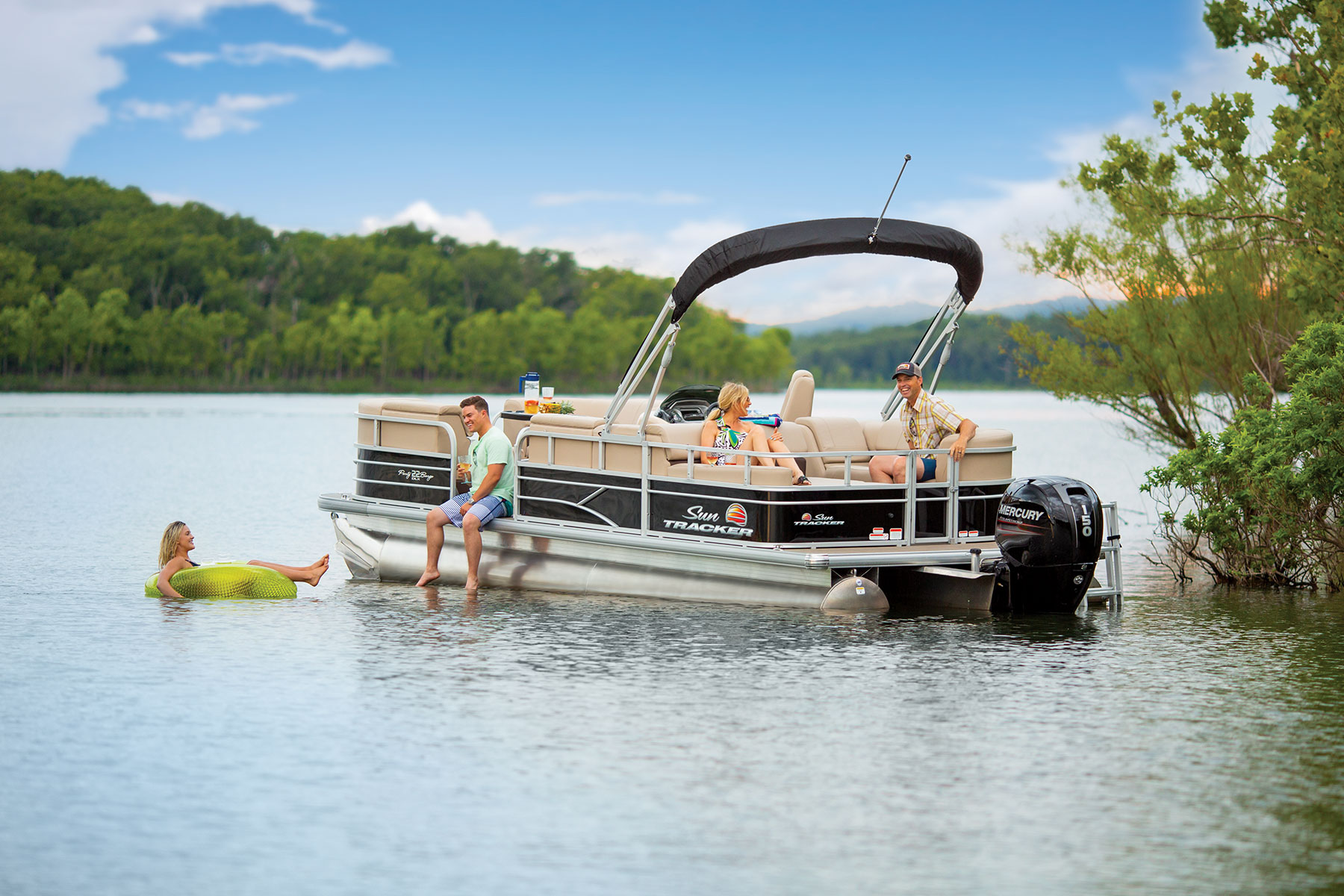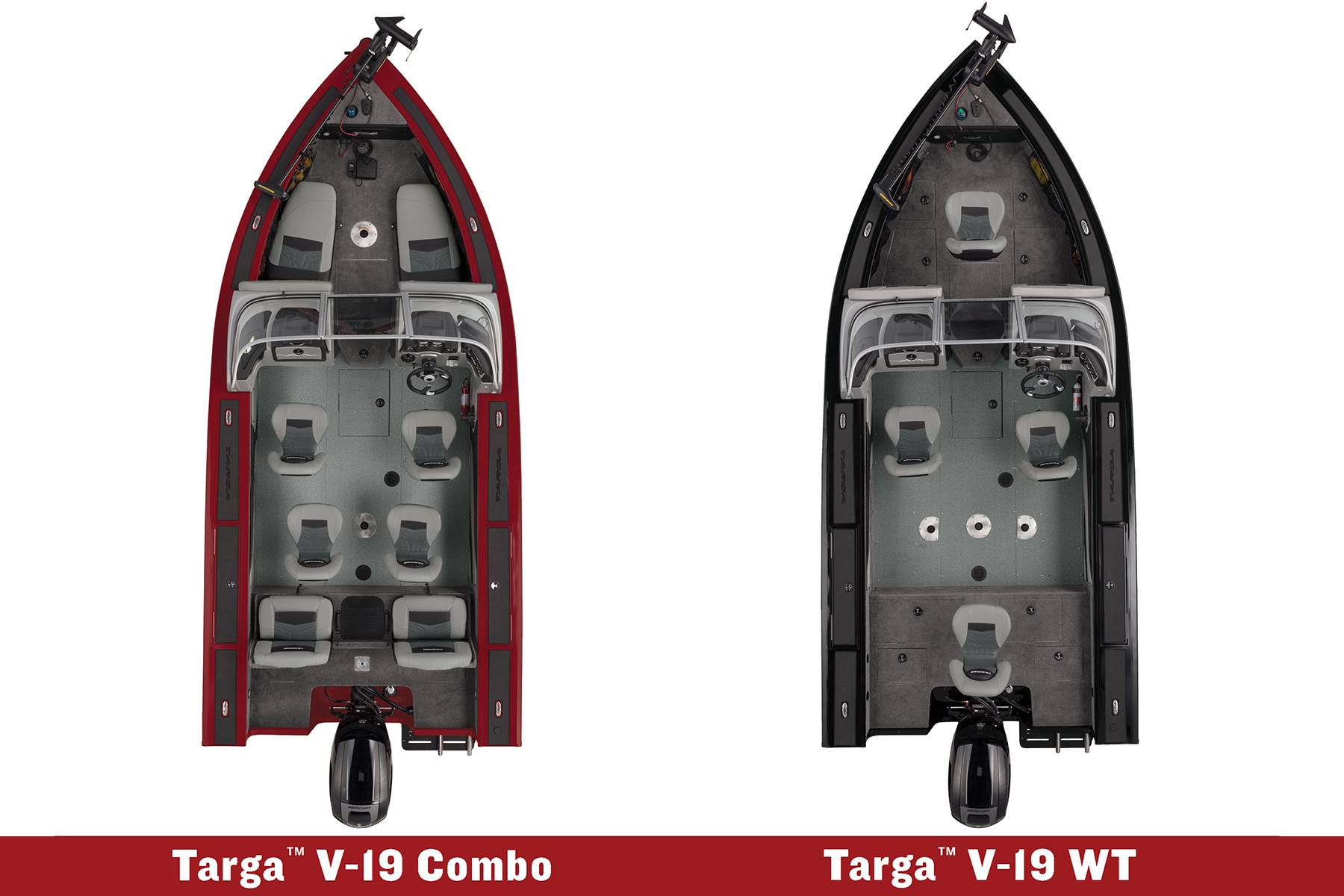The nation's northern anglers usually spend late winter anticipating “ice out,” when the water on their favorite lakes thins out and opens enough to launch boats. If you're one, you know waiting for ice to melt is kind of like watching water boil. It’s a real test of patience, and this one will have you crying out for the spring in the north.
The bonus of living in the upper states is a multi-species smorgasbord of smallmouth, largemouth, walleye, muskie and other game fish. Those can be caught using a variety of methods, from live bait to lures, and from trolling to casting. Taking inventory, upgrading and replacing tackle while waiting for ice to thaw is part of the fun. The annual ritual also means preparing boats, gear, and trailers for the fishing seasons to come.
Routine and preventative maintenance of the boat, motor, trailer and even tow vehicle are other tasks needing attention. Most are DIY projects, while others are best handled by the experts, like those you find at a Bass Pro Shops/Cabela’s Power Pros Centers.
Matt Ness, market general manager of the Shakopee TRACKER Boating Center, is an avid angler and boater like his colleagues at the location near Minneapolis. Here are some of his recommendations for preparing a boat, motor and trailer for the spring season and beyond. We’ve added a few fun lure and tackle prep tips as a bonus.
“Ideally, we recommend scheduled and preventive maintenance in the fall,” said Ness. “The benefits are the boat is ready to use the following spring, without worry of a mechanical issue spoiling your first trip to the lake.”
If you missed that opportunity, then here are tasks that should be considered to prevent problems later on, or sooner.


